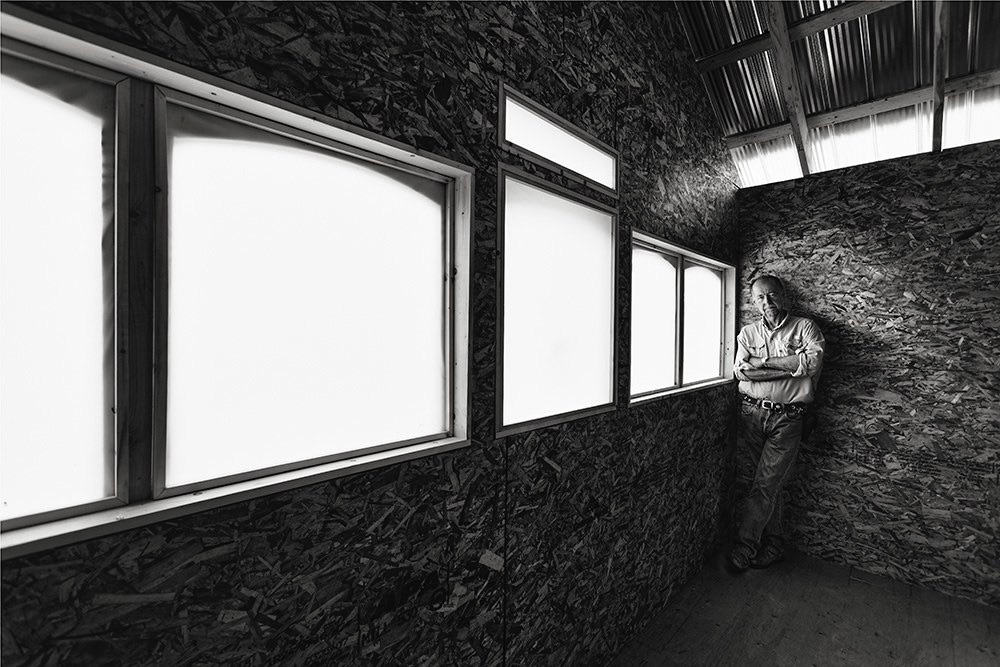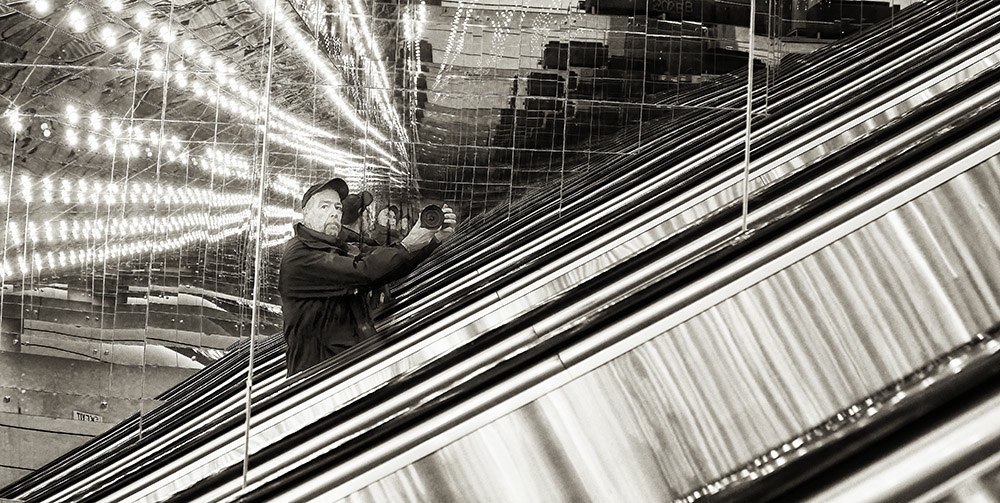Born in Coventry, England, one of the early members of the boomer generation. In the roiling 1960’s I went to Leeds University to study chemistry. It was while there that I began to take photography seriously, buying my first 35mm single lens reflex camera, a Russian Zenith 3M. After being continually disappointed by the prints that I received back from processing by the local chemist’s shop I bought an enlarger and plunged into the darkroom to learn the art of printmaking.
After graduation in 1968 I emigrated to Canada and began clawing my way up the corporate ladder beginning as a salesman for a pharmaceutical manufacturer. Fortunately my territory was very large (almost the whole of Northern Ontario) and it afforded me plenty of time to stop and take photographs along the way. Having decided that I had to try making my living from photography, I returned to school to study Photographic Arts at Ryerson University in Toronto in 1971. Although I had intended to become a still photographer, after three years at Ryerson I took a slight detour in my career path for the next 35 years, and worked as a cameraman in motion pictures, film and television production.
Since1974 I have shot thousands of television shows (drama, variety, game shows, talk shows, sports, reality shows, awards shows) for every major North American TV Network, commercials, documentaries and educational films, and corporate videos.
Still photography still remains a great love of my life and that is the purpose of this website. Although some of the photographs in the galleries are in colour, the majority of images are black and white. When I was growing up all our family snapshots were black and white - colour was expensive, who knew how long the dyes would last, b&w was traditional. When I started to get serious about photography I wanted to have all the control over the final image, and b&w film developing, contact printing and enlarging were all relatively cost-effective. Colour was more difficult to process, required far more chemicals and colour enlargers were expensive. But more importantly I have always found b&w images more aesthetically pleasing. To control grey tones in the final image we could use colour filters with our b&w film. The great thing about digital photography these days is that every photograph I now take contains within it the potential b&w image as if taken with every imaginable filter simultaneously. The dodging, burning & bleaching techniques I used in the darkroom have been replaced by Photoshop adjustment layers and complete control right down to the individual pixel is now possible. When I take a photograph I am still thinking of the final print as b&w unless the removal of colour changes an essential meaning of the image.
Most of the time, in my photography, it doesn’t.


